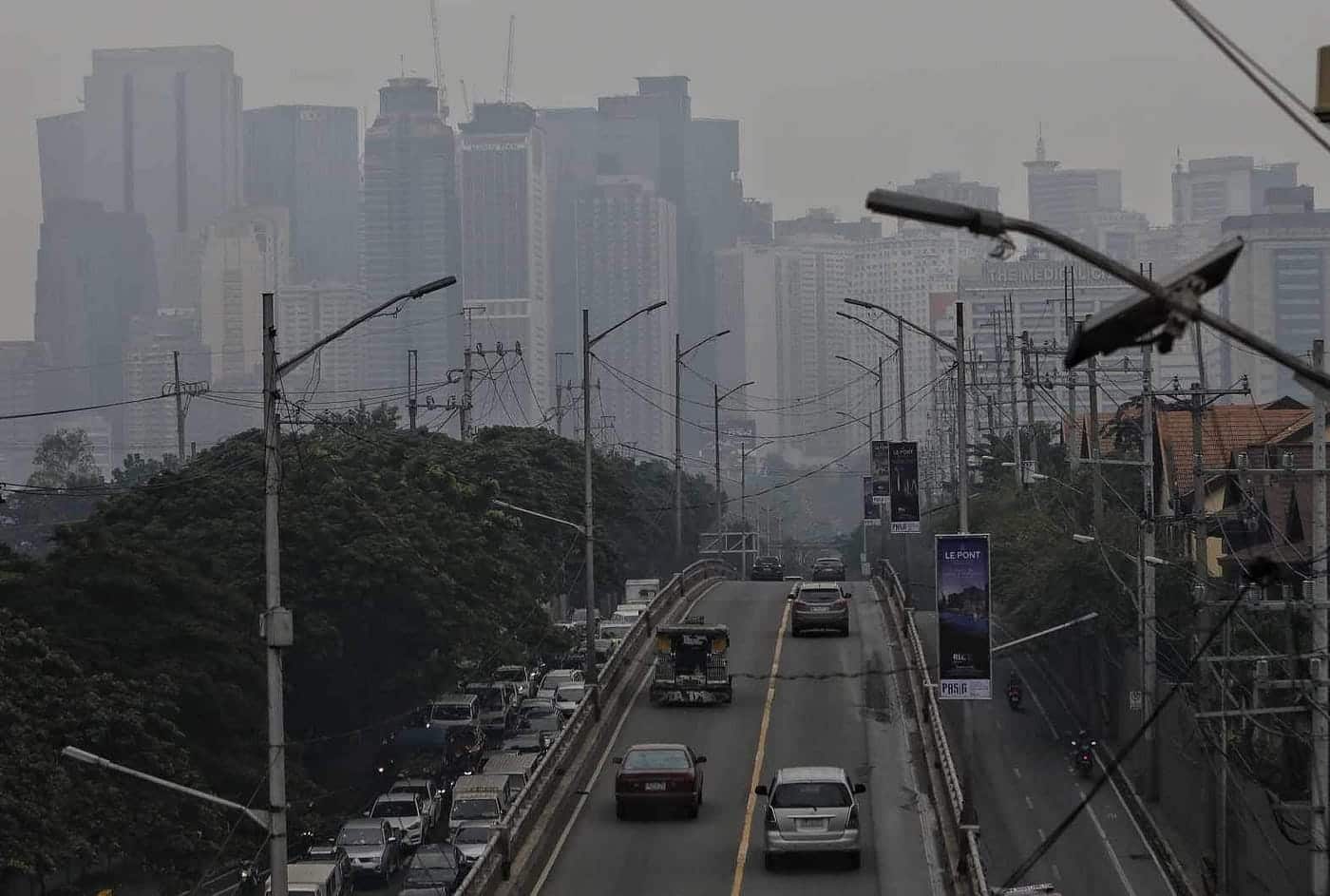When comparing urban environments around the world, one of the most critical health indicators is pollution — particularly air quality. This article takes a detailed look at Manila vs Fresno pollution, offering a comparison between the capital city of the Philippines and one of California’s agricultural hubs.
Despite being located on opposite sides of the globe, both cities face environmental challenges that directly affect residents’ health, quality of life, and long-term sustainability. So how does pollution in Manila compare to pollution in Fresno?
Let’s explore the data and the factors driving these environmental differences.
Understanding Pollution in Manila
Manila, the capital of the Philippines, is one of Southeast Asia’s most densely populated metropolitan areas. As of recent air quality studies, Manila consistently records high levels of PM2.5, which refers to fine inhalable particles less than 2.5 micrometers in diameter.
Main Causes of Pollution in Manila:
-
High traffic congestion and outdated diesel engines
-
Unregulated industrial emissions
-
Open burning of waste and poor waste management
-
Construction and urban development dust
-
Limited green space and tree cover
Manila’s geography — a flat urban sprawl surrounded by mountains — can also trap pollutants during certain seasons, worsening smog and respiratory conditions.
Understanding Pollution in Fresno
Fresno, located in California’s Central Valley, is part of one of the most agriculturally productive — and polluted — regions in the United States. Despite California’s strict environmental laws, Fresno frequently ranks among the worst U.S. cities for air quality, especially in terms of ozone (smog) and particle pollution.
Main Causes of Pollution in Fresno:
-
Agricultural dust and pesticide drift
-
Seasonal wildfires in surrounding areas
-
Highway emissions from freight and diesel trucks
-
Industrial activities and oil extraction
-
Natural geographic basin that traps pollution
Fresno’s bowl-like topography, similar to Manila’s flat geography, prevents pollutants from dispersing quickly — especially in the dry summer months.
Air Quality Index (AQI): Manila vs Fresno
Let’s look at the Air Quality Index (AQI) — a standardized metric that rates pollution levels:
| City | Average PM2.5 Level | Air Quality Rating (Typical Days) | Peak Pollution Season |
|---|---|---|---|
| Manila | 35–70 µg/m³ | Unhealthy for Sensitive Groups | Dry Season (Jan–Apr) |
| Fresno | 20–50 µg/m³ | Moderate to Unhealthy | Summer & Wildfire Season |
Note: According to WHO standards, anything above 10 µg/m³ annual PM2.5 is considered unhealthy.
While both cities experience poor air quality at times, Manila often exceeds global safety standards more frequently and severely than Fresno — especially in central metro zones.
Health Impacts of Pollution in Both Cities
Long-term exposure to air pollution can lead to:
-
Respiratory illnesses (asthma, bronchitis)
-
Cardiovascular issues
-
Increased risk of lung cancer
-
Impaired immune and neurological systems
-
Reduced life expectancy
In Manila, respiratory problems are among the top ten causes of death. In Fresno, pollution has been directly linked to childhood asthma and premature deaths, especially in disadvantaged communities.
Government Policies and Pollution Control
Manila
-
Enforced the Clean Air Act but struggles with implementation
-
Limited electric public transport initiatives
-
Lacks strict industrial enforcement and public awareness campaigns
Fresno / California
-
Enforces California Air Resources Board (CARB) regulations
-
Promotes electric vehicles and solar infrastructure
-
Agricultural pollution control remains a work in progress
-
More access to real-time air monitoring and public advisories
Fresno benefits from California’s stronger environmental governance, though local challenges persist. Manila’s efforts remain hampered by funding, rapid urbanization, and political will.
Which City Has Better Air Quality?
Overall, Fresno has better average air quality than Manila, especially when pollution is measured year-round. While both face challenges related to geography and seasonal hazards, Fresno’s regulatory systems and cleaner technologies help mitigate the damage more effectively.
That said, wildfire smoke in Fresno can temporarily create pollution levels even worse than Manila’s — highlighting how both cities require proactive pollution management and climate adaptation strategies.
Frequently Asked Questions: Manila vs Fresno Pollution
Which city is more polluted: Manila or Fresno?
Manila is generally more polluted on average due to higher PM2.5 levels and poor emission controls. Fresno also suffers from pollution, particularly during wildfire seasons, but has better environmental regulations.
Why does Manila have such high pollution?
Mainly due to traffic congestion, unregulated emissions, outdated vehicles, and poor waste management. Urban sprawl without green infrastructure also worsens air quality.
What causes pollution in Fresno?
Fresno’s pollution is caused by agricultural activities, vehicle emissions, wildfires, and the valley’s geography that traps pollutants.
Is air pollution in Fresno dangerous?
Yes. Although cleaner than Manila in general, Fresno still experiences dangerous pollution spikes, especially ozone and wildfire smoke, which can harm lungs and heart health.
Are there solutions in place for both cities?
Fresno has stricter regulations and cleaner energy transitions underway. Manila is also improving with clean air programs and transport reforms but faces greater enforcement challenges.
Conclusion
The Manila vs Fresno pollution comparison highlights how geography, policy, and development shape urban air quality. While both cities share similar environmental burdens, their paths to cleaner air differ significantly.
Manila needs more investment in emission control and infrastructure modernization, while Fresno continues refining its wildfire response and sustainable farming practices.
Understanding these differences not only informs travelers and residents but also inspires environmental action, no matter where you live.
